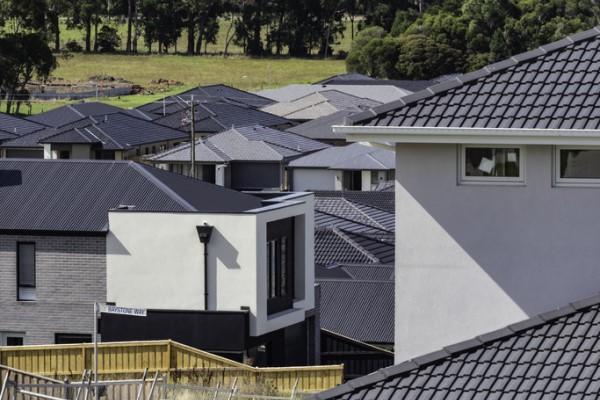GBCA launches guide to drive circular procurement

The Green Building Council of Australia (GBCA) has launched ‘A practical guide to circular procurement for new buildings and major refurbishments.’
The purpose is to provide the property and construction industry with clear steps for embedding circular strategies into procurement practices.
It’s designed for developers, architects, procurement managers and government agencies.
The guide is to support industry professionals to make informed decisions that minimise waste and pollution, reduce embodied carbon, circulate products at their highest best value for longer and extend the life of buildings by providing strategies, tasks and deliverables at each stage of the building lifecycle. This is all to align with Green Star Buildings and industry best practices.
GBCA chief executive Davana Rooney says the guide is a “critical step” in accelerating Australia’s transition to a more sustainable and circular built environment.
“The construction industry is responsible for 40%-50% of raw materials globally and of this, it’s estimated that only 30% of materials are currently recycled,” she says.
“Procurement decisions we make today shape the sustainability of buildings and cities of the future.”
The guide has key focus areas such as understanding the context of circularity in the built environment in Australia and globally. It highlights key circular design strategies across the building lifecycle to deliver brief and contract wording to drive circular procurement outcomes and demonstrating procurement in action through case studies.
Clean Energy Finance Corporation head of property Michal Di Russo says the role of circular procurement in meeting Australia’s net-zero targets and reducing the environmental footprint of the built environment is paramount.
“Materials used in construction are a major source of embodied carbon and resource consumption,” he says.
“By thinking the selection and sourcing of construction materials, we can significantly cut waste, lower emissions and enhance building resilience.”
The guide highlights real-world example of how circular procurement is already transforming the built environment.
The Kennet Material Bank is designed to catalogue and track high-value building products and materials across three residential projects using Building Information Modelling (BIM).
By tagging and storing data on key materials, such as steel frames solar panels and precast panels, the initiative enables future reuse, reducing both environmental impact and projects costs on future projects.
This approach was also used at Uniting on Second Bowden, to materials designed for disassembly with precast panels alone valued at $3.7 million, 10% of the project’s total value.
By integrating circular economy principles from the outset, the initiative highlights the potential for cost and carbon savings over a building’s lifecycle to ensure materials retain their value for future projects.
The GBCA encourages governments, developers and the broader construction sector to use this guide to embed circular procurement into their projects and accelerate Australia’s transition to a more circular built environment.
